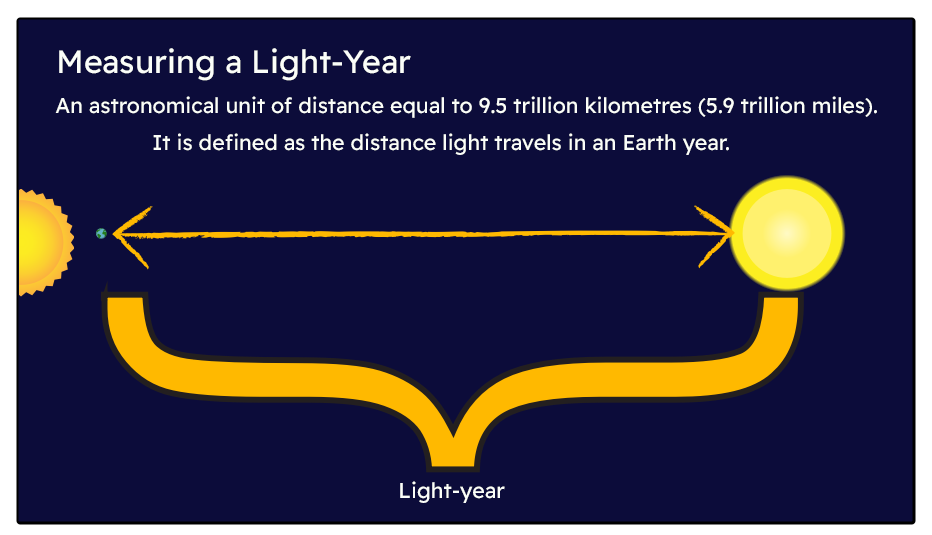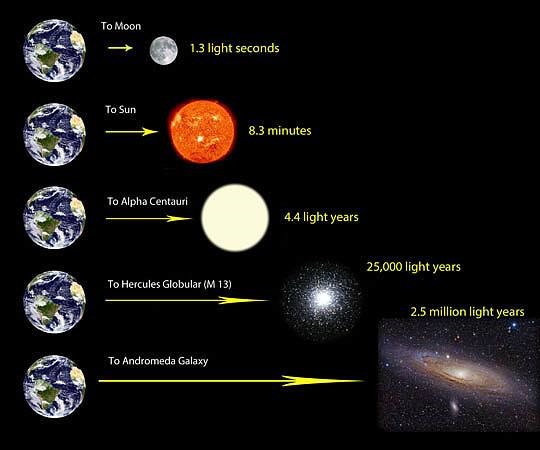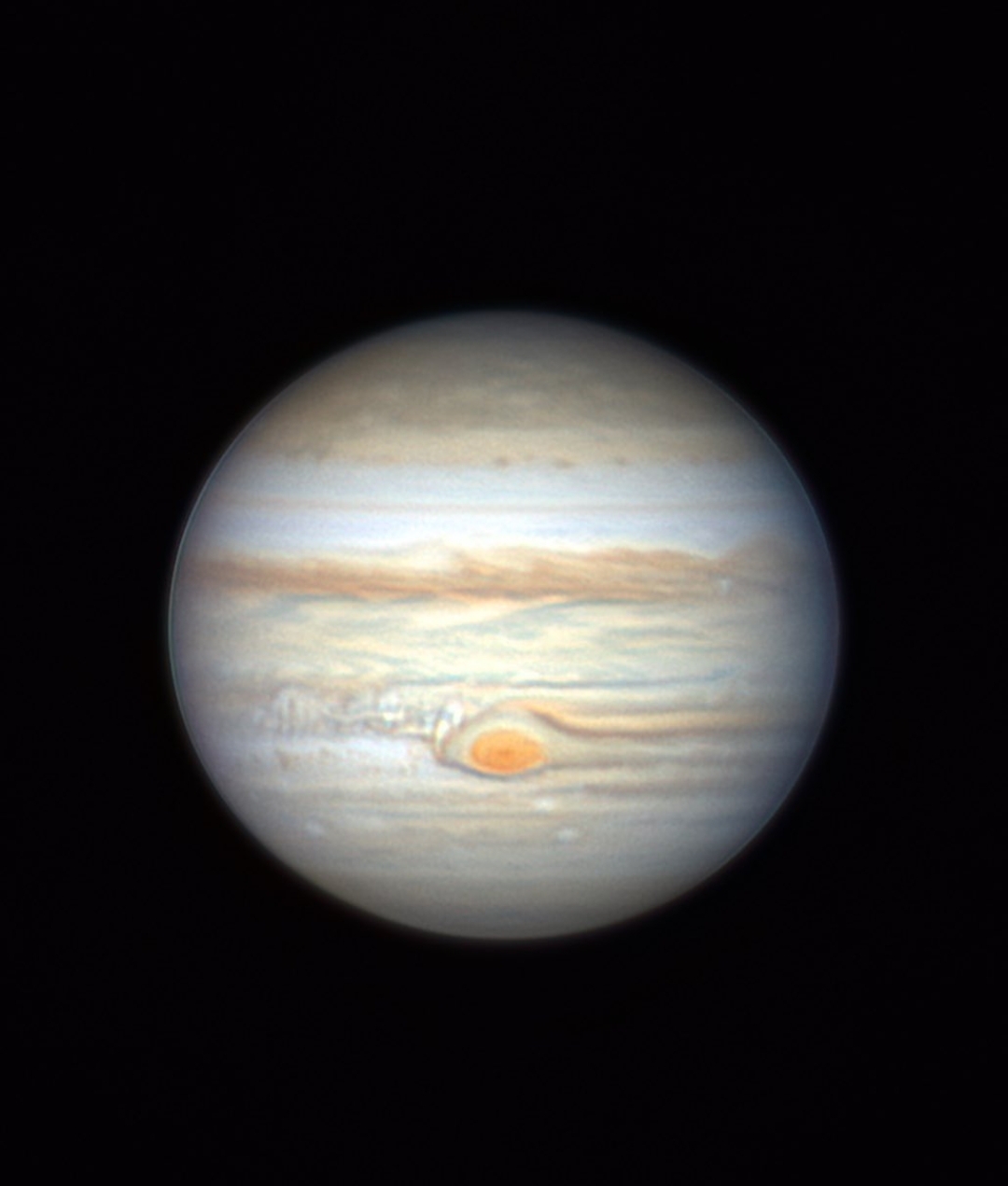Home > Sections > The Universe > Light-Years
Last Updated: 14th June 2023
ARCHIVED ITEM: this page is no longer updated.
Light-Years
Keywords
Light-years, unit of distance, 6 trillion miles, 9 trillion kilometres, light speed, Proxima Centauri, the Sun, astronomical unit.
Introduction
You're watching a film or an episode of your favourite science fiction franchise, and they mention going to warp speed, or hyperspace, or some other form of space movement. Little do you know that they are using a similar, if made-up through name only, measurement as we do in real life. In real life, we use the measurement of light-years to denote the way objects travel through space.
What is a Light-Year?
A light-year is the distance something is away from us on Earth. Think of Earth as the epicentre of the universe for a minute (back in pre-Galileo times, this was actually the thing), and then measure the distance of stars, planets and other space objects from our planet. One light-year is the distance it takes light to travel in one Earth year.
On that note, a single light-year is about 6 trillion miles (9 trillion kilometres). That's a 6 with 12 zeros following it.
Isn't it the Same as an Astronomical Unit?
Not exactly. An astronomical unit is the distance between the Earth and the Sun, while a light-year is the distance between the Sun and the distance the light has travelled in an Earth year. So, not exactly the same. For astronomical units (AU), if we were to use the example of Jupiter, it would be 5.2AU. Pluto, is measured as 40AU from the Sun.
Perspectives on Light-Years
When we see stars, we are actually seeing the past. When you look at a star through a telescope, because the light travels a very, very long distance from it's original point to us, we are actually seeing the past.
When we see the Sun, it being the closest star to us, it takes the light energy 8.3 minutes to finally get to us. So, we are always 8.3 minutes behind the Sun in terms of the light hitting the planet.
A light-year being 6 trillion miles away, means that the next nearest star to us, Proxima Centauri, is 4.2 light-years away, and this then means that what we are seeing when it reaches us is actually 4.2 years old.
Further afield, there are complete galaxies that we can see using telescopes like NASA's Hubble, or the James Webb telescope, both situated in orbit of the Earth. Together they take pictures of different areas of the stellar fields beyond. Hubble has been in place since 1990, and the James Webb telescope launched in 2021, with operational capability from July 2022.
Interesting fact: a Danish scientist named Olaus Roemer discovered an approximate speed of light, some 300 years or more ago.
Here is a YouTube video from Twig Science Reporter on what a Light Year is:
Some more perspectives on this is to look at the time it takes for sunlight to reach othe objects in the Solar System. Jupiter, for example, receives sunlight in 43.2 minutes. In just one hour, light can travel 671 million miles. A trip to the very edge of our Solar System, would take around 1.87 years, if travelled at lightspeed.
Further Afield
If you were to look further afield, you would see that there are other galaxies outside our own. Each star is said to have at least one planet (called an exoplanet) within it, and it is thought that there are several planets within each solar system. Our closest neighbouring galaxy, Andromeda, is some 220,000 light-years wide, compared to our 100,000 light-years in size. Another galaxy called IC-1101 is around 4 million light-years wide.
The furthest exoplanet we have discovered using the Kepler telescope is Kepler-443b. It would take around 3,000 years to travel to it, going at lightspeed. If you were going at a single-carriageway national speed limit (60mph), it would take 28 billion years.
Footnotes
[1]Jupiter, as taken by the Hubble telescope, image courtesy  NASA.
NASA.
[2]Jupiter seen from a telescope, image courtesy  Rami Ammoun.
Rami Ammoun.




 Earth
Earth



